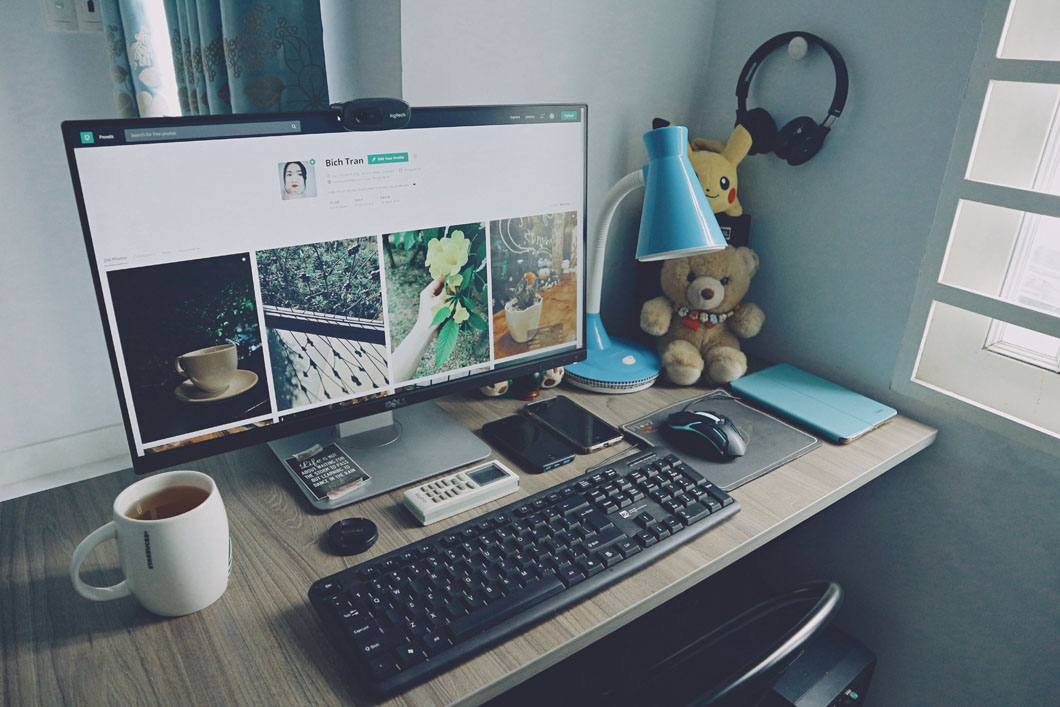As of my last knowledge update in January 2022, here are some trends in web design that were gaining popularity. Keep in mind that trends in web design can evolve rapidly, so it's a good idea to check for the latest developments. As of the provided date, startups should consider the following trends:
- Dark Mode:
- Dark mode design has become increasingly popular, providing users with a visually appealing and less straining alternative to the traditional light theme. It's not only aesthetically pleasing but also has potential energy-saving benefits for certain devices.
- Neomorphism (Soft UI):
- Neomorphism is a design trend that combines skeuomorphism and flat design, creating a soft and realistic user interface. It often involves elements that appear to extrude from the background with subtle shadows and highlights.
- Minimalism and Simplified Navigation:
- Minimalist design continues to be a trend, focusing on simplicity, clean layouts, and clear messaging. Simplified navigation, with fewer menu items and straightforward pathways, enhances user experience.
- Microinteractions:
- Microinteractions are subtle animations or feedback elements that respond to user actions. These small animations, such as button presses or form submissions, add a layer of interactivity and enhance the overall user experience.
- 3D Elements and Illustrations:
- The use of 3D elements and illustrations adds depth and visual interest to websites. It can be applied to product showcases, backgrounds, or interactive elements, providing a more immersive experience.
- Bold Typography and Fonts:
- Web designers are increasingly using bold and creative typography to make a strong visual impact. Custom fonts and expressive typography help convey brand personality and improve readability.
- Asymmetrical Layouts:
- Breaking away from traditional grid-based layouts, asymmetrical designs offer a dynamic and visually interesting composition. This trend adds uniqueness and helps draw attention to specific elements.
- Voice User Interface (VUI):
- With the growing prevalence of voice-activated devices, integrating voice user interfaces into web design is becoming more relevant. This includes optimizing websites for voice search and incorporating voice commands.
- Augmented Reality (AR) Elements:
- Augmented reality elements can enhance user engagement by integrating virtual elements into the real-world view through a device's camera. This can be used for product previews, interactive experiences, or enhancing brand storytelling.
- Gradient and Duotone Designs:
- Gradients and duotones continue to be popular design choices. They add depth and vibrancy to backgrounds, images, and overlays. Gradients can be subtle or bold, depending on the desired effect.
- Sustainability-Focused Design:
- With an increased emphasis on sustainability, web design trends are reflecting eco-friendly themes. This includes the use of eco-conscious imagery, color schemes, and messaging to align with environmentally conscious values.
- Scrolling Transformations:
- Parallax scrolling and other scrolling transformations create a dynamic visual experience as users navigate through a website. These effects can be used to tell a story, showcase products, or guide users through a narrative.
- Data Visualization:
- Startups dealing with data-heavy content are incorporating creative data visualizations. Infographics, charts, and interactive graphs help convey information in a more engaging and digestible manner.
- Personalized User Experiences:
- Personalization in web design involves tailoring the user experience based on individual preferences, behaviors, and demographics. Dynamic content, personalized recommendations, and user-specific interfaces contribute to a more customized journey.
- Interactive Cursors and Hover Effects:
- Designers are using interactive cursors and hover effects to add an extra layer of engagement. This includes creative hover animations, changing cursor shapes, and interactive elements that respond to user interactions.
- Accessibility-Centric Design:
- There is an increasing focus on creating websites that are accessible to users with diverse abilities. This involves designing with accessibility features in mind, ensuring a positive experience for all users.
Keep in mind that trends can vary across industries and regions, and it's essential to align web design choices with the specific needs and preferences of the target audience. Additionally, staying updated on the latest design trends beyond 2022 is crucial for maintaining a fresh and modern online presence.
